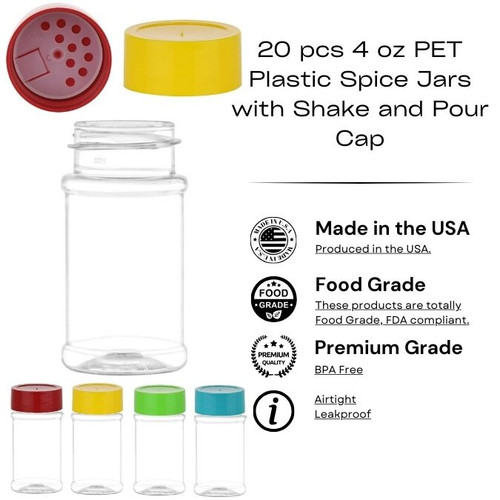Skip to main content
Featured Products
-
Add to Cart
The item has been added
-
On Sale!
MSRP:
Was:
$1.99
Now:
$0.80
Add to Cart
The item has been added
-
On Sale!
MSRP:
Was:
$3.79
Now:
$2.49
Add to Cart
The item has been added
-
On Sale!
MSRP:
Was:
$3.99
Now:
$2.49
Add to Cart
The item has been added
-
On Sale!
MSRP:
Was:
$1.70
Now:
$1.00
Choose Options
-
On Sale!
MSRP:
Was:
$8.99
Now:
$6.99
Choose Options
-
On Sale!
MSRP:
Was:
$1.60
Now:
$1.00
Choose Options
-
On Sale!
MSRP:
Was:
$14.99
Now:
$13.99
Add to Cart
The item has been added
-
On Sale!
MSRP:
Was:
$1.50
Now:
$1.00
Add to Cart
The item has been added
-
On Sale!
MSRP:
Was:
$0.30
Now:
$0.20
Choose Options
-
On Sale!
MSRP:
Was:
$249.00
Now:
$149.99
Add to Cart
The item has been added
-
On Sale!
MSRP:
Was:
$14.99
Now:
$9.99
Choose Options














